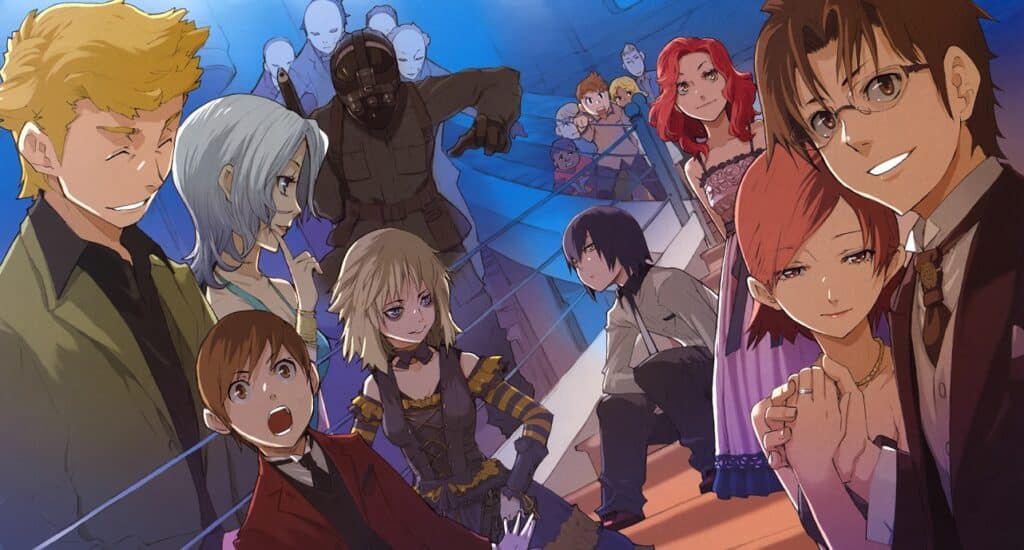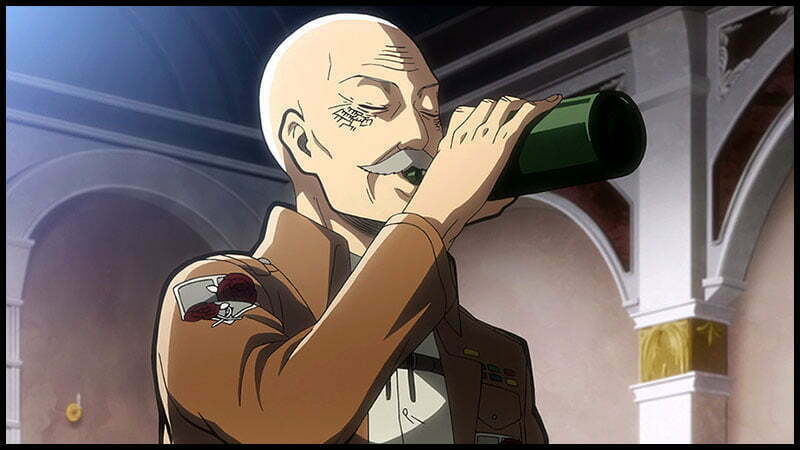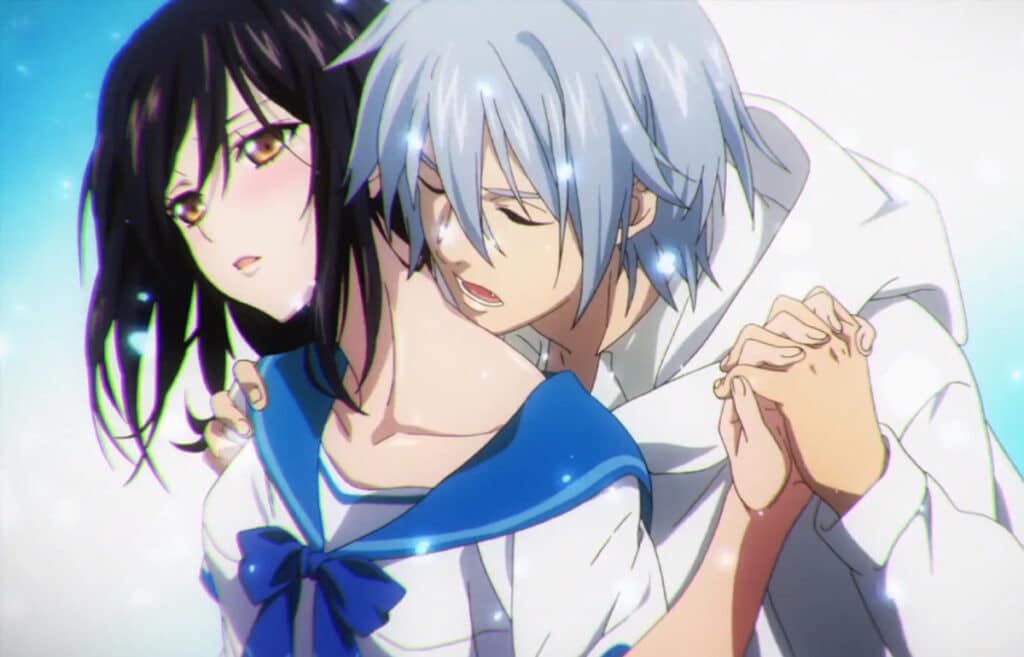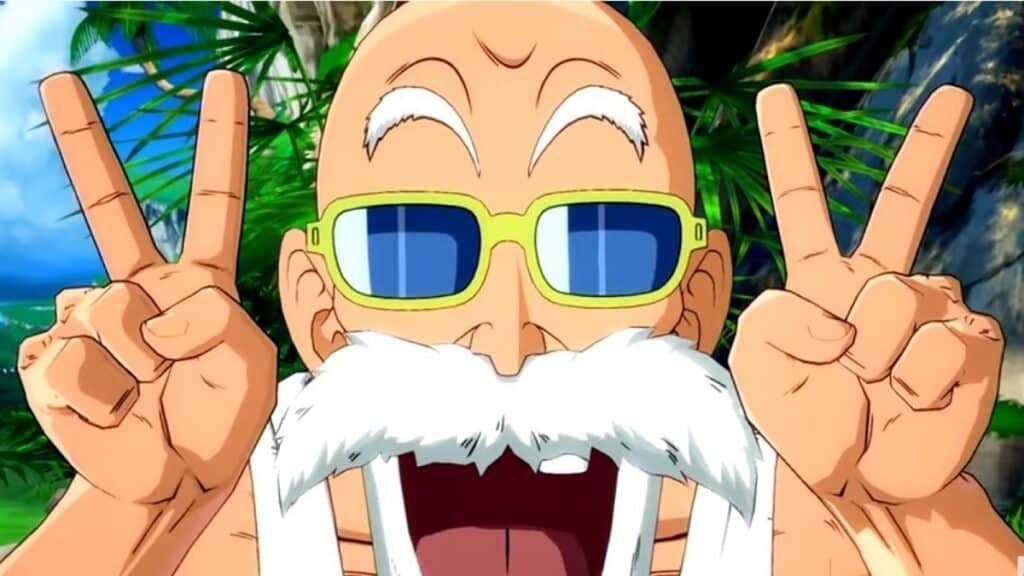An anime with non-linear storytelling is pretty self-explanatory. It is an anime where the story is given to you with the events out of order – not in a straight chronological line. However, a lot of anime can be non-linear.
A solid example of the most common non-linear storytelling used in anime these days is slice of life anime. When an anime series is just a series of events, they can happen in literally any order. A good chunk of the time you don’t even realize they are happening out of order unless it differs from the source material or is referenced at another point. However, when you want anime recommendations with non-linear storytelling, those soothing slice of life gems are probably not what you are looking for.
The best use of a non-linear narrative is to build a sense of mystery or knowingly build a sense of confusion for the audience. It contributes to the story and unraveling the timeline rewards the viewer – or it encourages fans to write chronological watch orders so they can watch the series again and actually understand all the parts that were still confusing. That is the kind of non-linear anime recommendations you will find here.
Best Anime With Non-Linear Storytelling
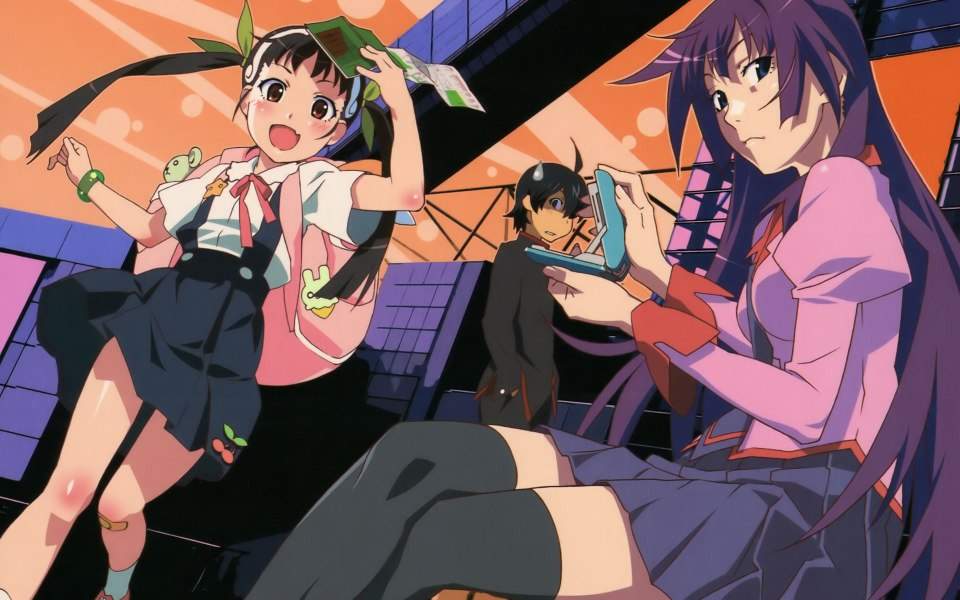
The Monogatari Franchise
If you were to watch Bakemonogatari, the first released entry of the Monogatari franchise, on its own without watching anything else in the franchise, then you wouldn’t find it to be a particularly non-linear story. If flashes back to events at times, but otherwise it is following a singular plot thread.
Yet even in Bakamonogatari you get breadcrumbs to its non-linear nature, like mentioning the events of Golden Week in passing and seeming distinctly like it was going to explain them in more detail at some point. It will, but not in that series. That is because Monogatari is a non-linear franchise.
It is still recommended to watch the Monogatari franchise in broadcast order because its non-linear form of storytelling is actually very effective. It is, dare I say, the most effective use of it alongside Durarara and Baccano.
Each series you watch, providing you don’t arbitrarily pick one at random, reveals more of what you didn’t know and hints more at what you will find out. Combined with distinctly fascinating animation and likable characters, it invites you to intently dive into the next series ready to see what is next to discover and what weird way it will be shown to you.
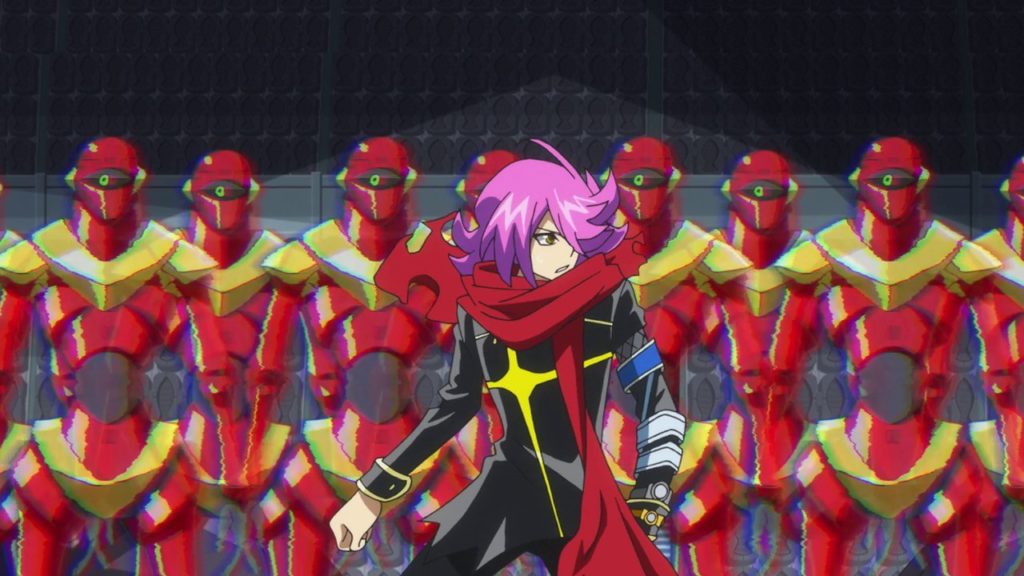
Concrete Revolutio
As Concrete Revolutio falls within the realm of super-powered mystery problem solvers akin to Bungo Stray Dogs or Blood Blockade Battlefront, there are likely many who took it as an anime recommendation for that alone and did not really enjoy the confusing mass that it served up. They came for fights, not to be confused.
However, observant viewers would have noted the time stamp of events and realized pretty quickly that there were some time skips in there between the events. Of course with the explosion of color and actual explosions on the screen, it seems like something easily missed.
Regardless, this series takes the concept of superheroes and makes it more paradoxical through abstract craziness and a non-linear narrative that adds an extra layer to the already mystery-oriented plot to untangle.
Due to the frenzy presented in the first few episodes, this is almost for sure a series you will need to rewatch at least parts of.
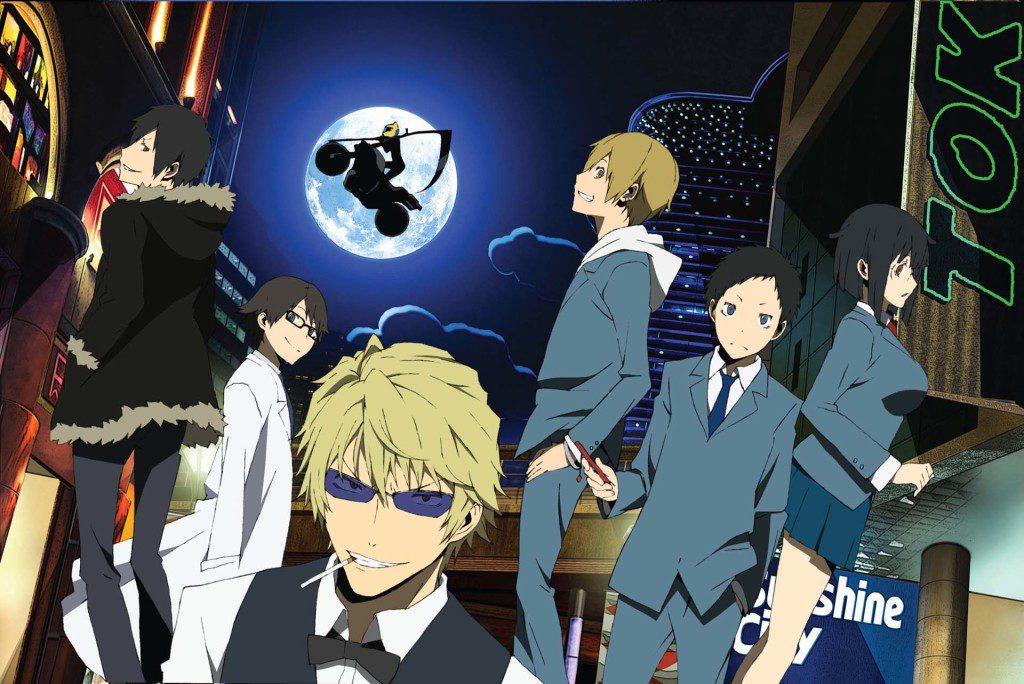
Durarara
The events of Durarara happen in a rather linear fashion, so perhaps it doesn’t count as non-linear in the strictest sense. However, what it is doing is telling the events transpiring in Ikebukuro through multiple different character perspectives so what one character discovers usually has bearing to another character’s role in the story, giving this series the same appeal of a more traditional non-linear narrative.
I have always liked to think of the storytelling in Durarara over its three seasons as a series of individual threads. Every character is following their own thread until, by the end, they are woven together in one rewarding rope where you see everything finally come together.
The nice benefit of this is there is, unless you want to stop and start individual episodes down to the minute, no real chronological way to watch these series and little benefit to it either. Everything makes sense at the end, and getting there, piecing it together, is a critical part of the fun.
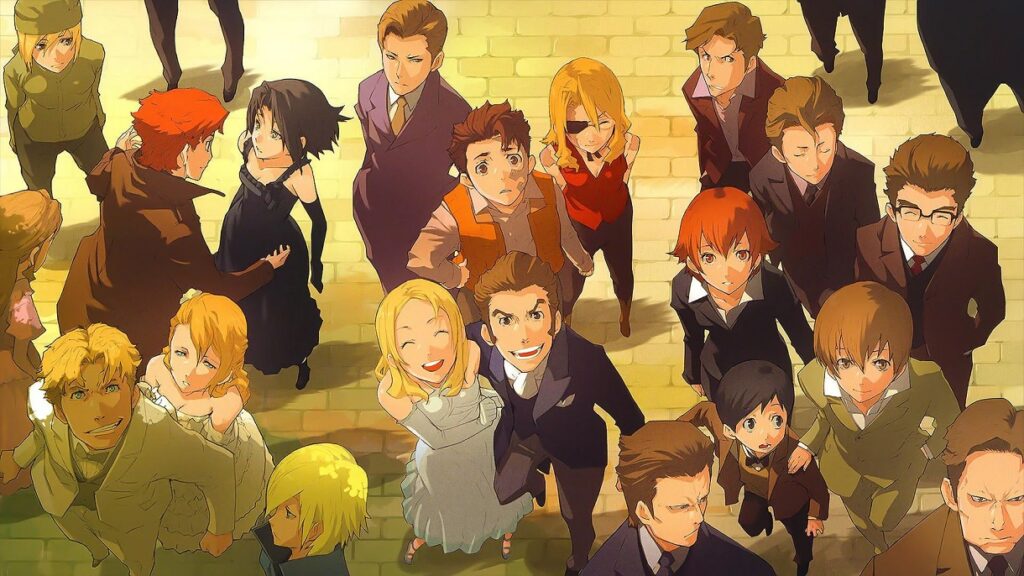
Baccano
As Baccano is by the same author as Durarara, it is only natural that it employs a similar style of storytelling. However, this series is more akin to traditional non-linear storytelling in that it not only tells a story being woven together by multiple characters, but they are across multiple time periods as well.
Like Durarara, although there are multiple stories going on, they all have a connection to each other and figuring out the connection is part of the fun sometimes.
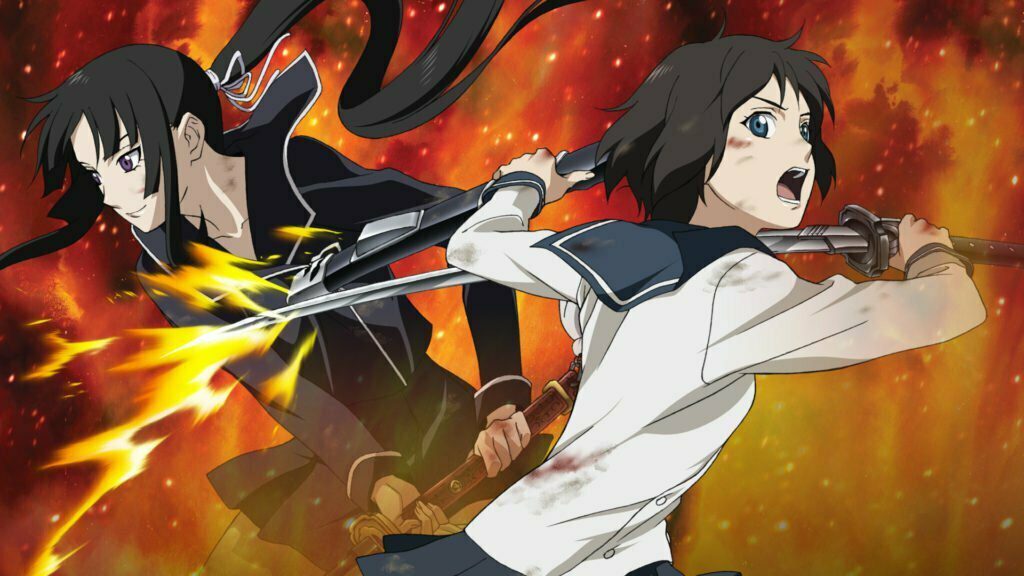
Ga-Rei-Zero
It is not uncommon to start a series in medias res or even at the very end of things at the very beginning. However, Ga-Rei-Zero controversially starts with events from the end, then, after several episodes, starts showing how it got to that point. The controversial part is that there is very little that suggests what you are watching in the beginning is the end.
It is a bit jarring and confusing at first, but eventually you become hooked on seeing how all of these events are leading to an ending that is pretty shocking.
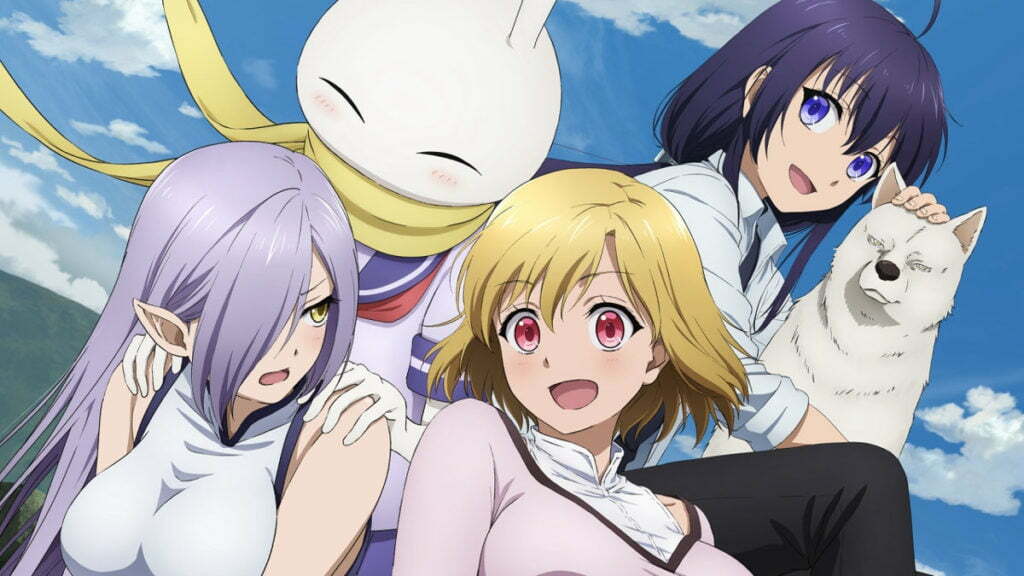
Peach Boy Riverside
The Peach Boy Riverside anime is currently the best example of how not to use non-linear storytelling, and it ruined what would have been a perfectly okay anime otherwise.
The original Peach Boy Riverside manga was told linearly like most fantasy stories of its ilk. However, a decision was made to have the anime episodes be aired in non-linear order. It almost seems as if they just shuffled the episode order to add a layer of mystery to a series that isn’t really about mystery. The only mystery it added to the anime is what substance the director was enjoying when he thought it was a good idea.
The funny thing is that you can, and people have, quickly re-ordered the episodes and, unlike with most non-chronological anime where broadcast is recommended to preserve the intended viewing experience, it is recommended to watch the re-ordered version because then you have an anime that makes sense that you can enjoy.
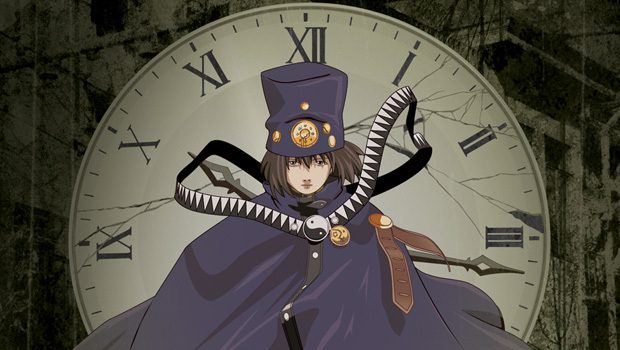
Boogiepop and Others
The original Boogiepop Phantom ended up free-styling its own story away from the source material. As such, Boogiepop and Others was an anime adaption that attempted to adapt the novels more closely. Regardless, both series use the same non-linear storytelling because of its effectiveness at contributing the general sense of confusion and mystery they are trying to build.
This series takes the form of several arcs about the titular entity who is observing human behavior. The first arc is actually probably one of the more easily grasped in that it establishes Boogiepop and, to a degree, what they do. Yet, with each arc following that first one, Boogiepop becomes more unclear. You find yourself question what it is and what it is actually doing.
Essentially, each arc of the anime has its own story, but each of those stories is contributing to an overall tale.
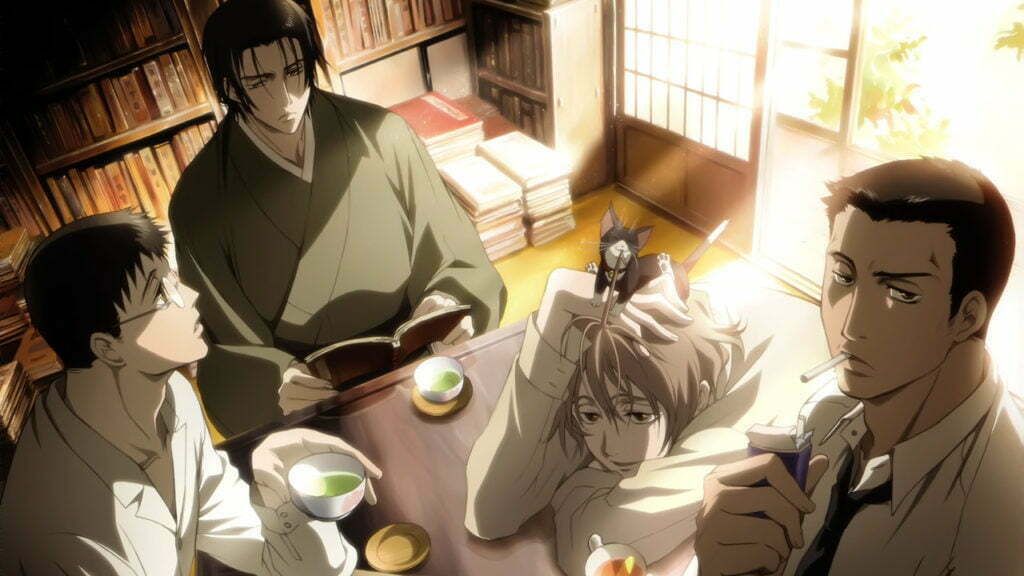
Box of Goblins
Not only are the episodes of Box of Goblins non-linear, but the events in each episode are often non-linear as well. Knowing that, committing yourself to watching Box of Goblins is acknowledging that it will take you multiple episodes to even grasp what the series is about.
If you enjoy your dialogue-dense anime, Box of Goblins – due in part to its style of storytelling – is actually a really compelling detective mystery. However, because it can be so meandering, graphic, bizarre, and has a high bar of entry with its complexity, it is one of those elitist anime. You know, where you are so proud you watched it and were able to understand the mystery that you want everyone to know it.
That is indeed a roundabout way of saying that it is a good anime often ruined by the pretentiousness of its harder-core fans.
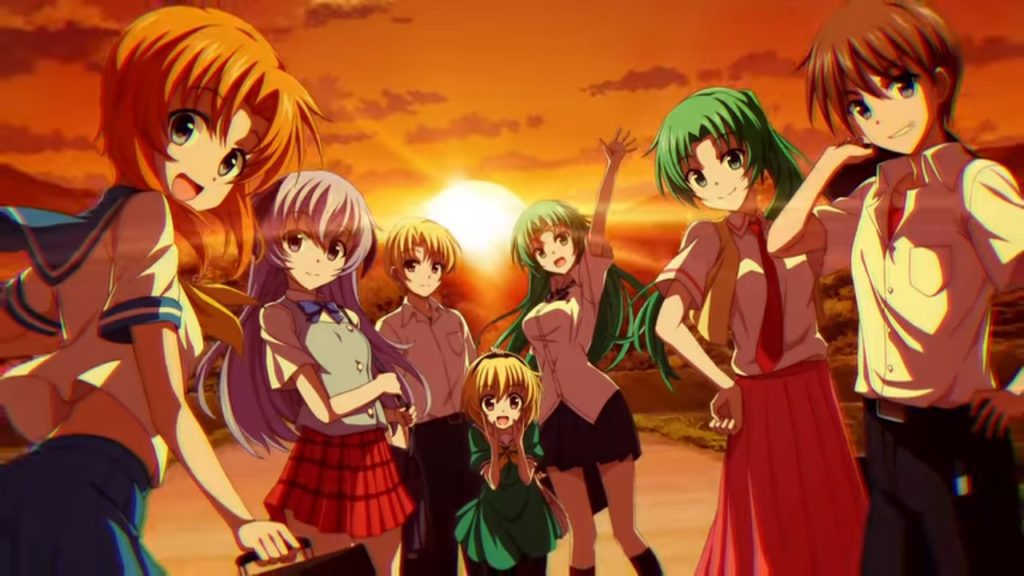
Higurashi: When They Cry
It isn’t that Higurashi is non-linear so much as it is jarring with what it is doing and that eventually makes perfect sense if you stick with it long enough.
Without any knowledge of Higurashi, what you get is a story of mini-arcs that seem to document the same series of days that all end in a different brutal fashion. Then you get other mini-arcs that seem to be explaining one of the corresponding previous arcs.
Again, it eventually explains why it is telling the story in that way, and it is – for once – an explanation that actually makes sense.
This is one of those series that you start off not really being so invested in the plot. You might find the mystery intriguing, but usually you stick with this series to learn the conclusion to the mystery because you also like the absolutely graphic and jarring deaths juxtaposed against the moe art style.
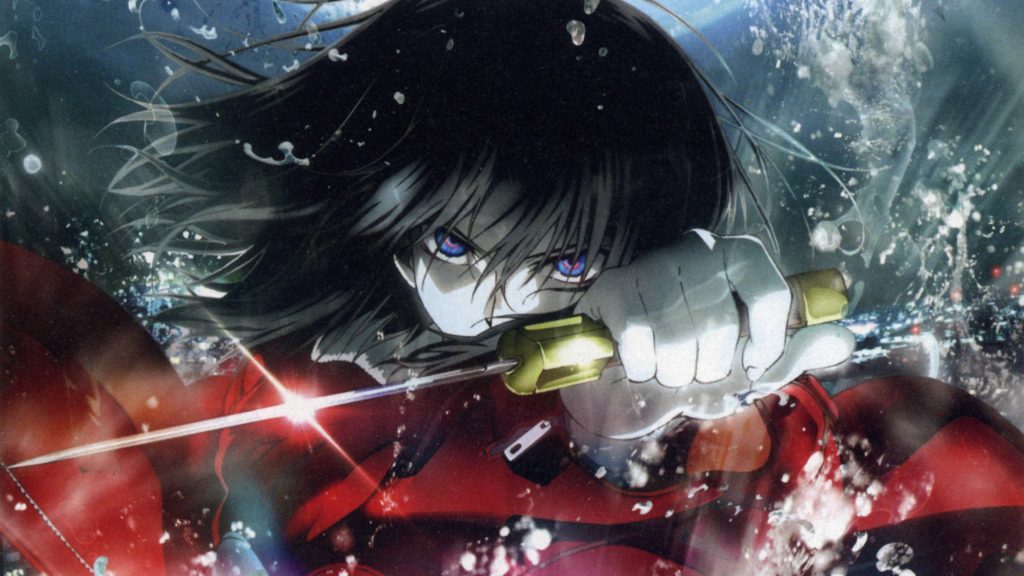
Garden of Sinners
I can get behind non-linear storytelling for anime that is released weekly, but doing non-linear storytelling for a series of movies released months apart seems almost cruel. However, Garden of Sinners is meant to be a puzzle to be pieced together and, as the novels its based on were released the same way, not something easily accessible for everyone.
The non-chronological order of the Garden of Sinners is meant to be a way to discover the main character Shiki as she discovers herself. In the beginning, the main character herself doesn’t know why she did what she did, but her attitude is shaped by it. Over the course of the movies, she begins to understand and thus you begin to understand in those same moments.
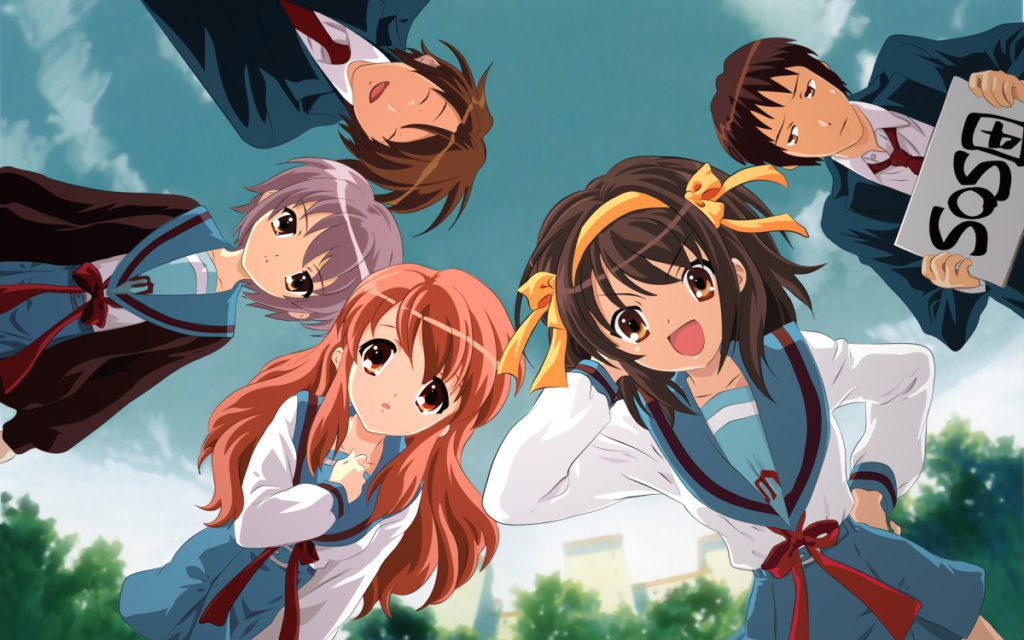
The Melancholy of Haruhi Suzumiya
While The Melancholy of Haruhi Suzumiya is notorious for having a non-chronological story, it – to be perfectly honest – doesn’t actually matter as much as some of the other non-linear anime on this list.
The entire concept of The Melancholy of Haruhi Suzumiya is the adventures of a certain bored person, which means the series is largely episodic. So to watch the series in chronological order after watching it in broadcast order isn’t actually so rewarding because one weird day in school can be any weird day.
The non-chronological nature does occasionally contribute to the mystery, but because The Melancholy of Haruhi Suzumiya is dangerously close to a slice of life series sometimes, non-linear storytelling loses the impact that it has with a more concrete plot.
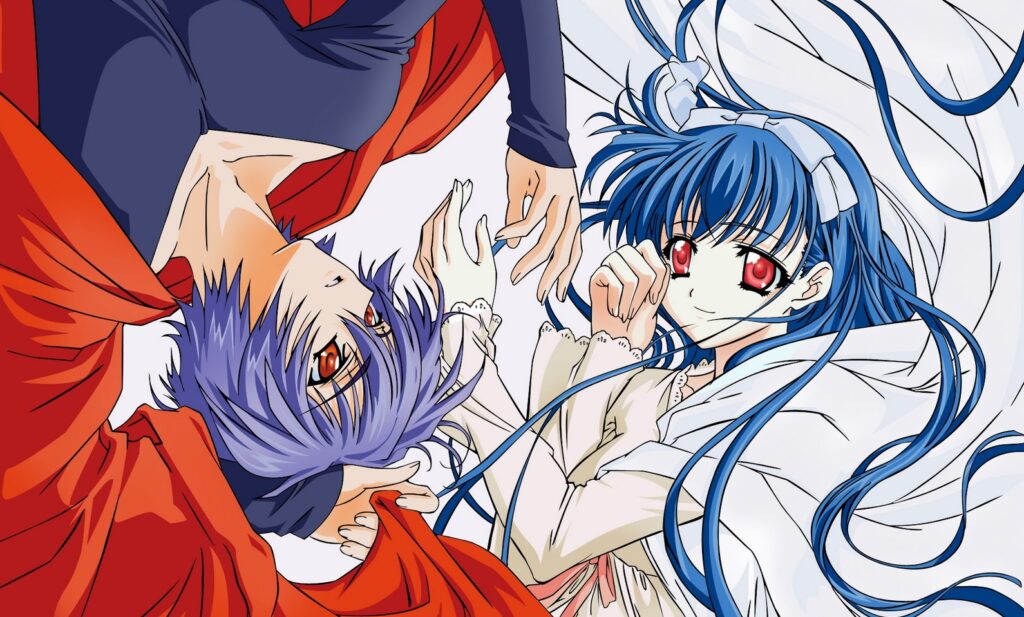
Touka Gettan
Touka Gettan comes from the moe age of gigantic anime eyes, but sets itself apart from the other drama romances in the Moe Age by having a non-linear storytelling in place.
The entirety of this series is told in reverse order, except for the last episode. This means you will have many telling you to just watch the anime in reverse. Not only is that a terrible pain in the butt, but a general bad idea. After all, if you had an interest in non-linear anime recommendations, why would you want to ruin the mystery?
Watching this series in chronological order makes it make more sense, yes, but something is lost in doing so. It takes a “pretty okay” anime, removes the hook that separates it from the masses, and lower the quality of what you get.

Humanity Has Declined
Humanity Has Declined is another example of where non-linear storytelling may not have been a great choice, but unlike in Peach Boy Riverside where it ruined the show, it definitely makes Humanity Has Declined more memorable.
In a way, Humanity Has Declined is a lot like The Melancholy of Haruhi Suzumiya, it even has its own (much shorter) Endless Eight Groundhog’s Day-style looping arc. However, unlike The Melancholy of Haruhi Suzumiya, Humanity Has Declined isn’t a school life series. Instead, it tells the story of humanity on the slow slope towards extinction where they must wackily co-exist with faeries, the silly race that shall inherit the Earth.
Humanity Has Declined is a surreal comedy full of cynicism, absurdity, and a bit more dark humor than the cheerful art style would suggest. However, told linearly, it would be just that.
The short, one or two episode arcs are told out of order. Most will say that it adds something to the anime, but no one can tell you what that something is. It is certainly a little rewarding to unravel, in full, what was going on this whole series by the end, but is being rewarded for unraveling a story something you are looking for in a surreal comedy?

A Certain Magical Index and A Certain Scientific Railgun
It isn’t that A Certain Magical Index or A Certain Scientific Railgun, individually, are told in a non-linear way, but it is that they expect you to watch both of them, and the events of both of them together are a non-linear narrative.
If you, for example, only watched A Certain Magical Index and forwent A Certain Scientific Railgun thinking the term “spin-off” means optional, as so many have, you would get to a point in the series where you are like, “who even are these people?”
This is because the events of the entire Railgun series, though primarily the second and third season, contribute to the final season of Index which is considered a conclusion to the franchise.
Like a good chunk of anime with non-linear storytelling, you are meant to watch both series in broadcast order and have those “oh, so that’s what they meant/who they were/ect” moments to add an extra layer of complexity to what is already a complexly world-built anime series.
Do you know more good anime recommendations that use non-linear storytelling? Let fans know in the comments section below.
